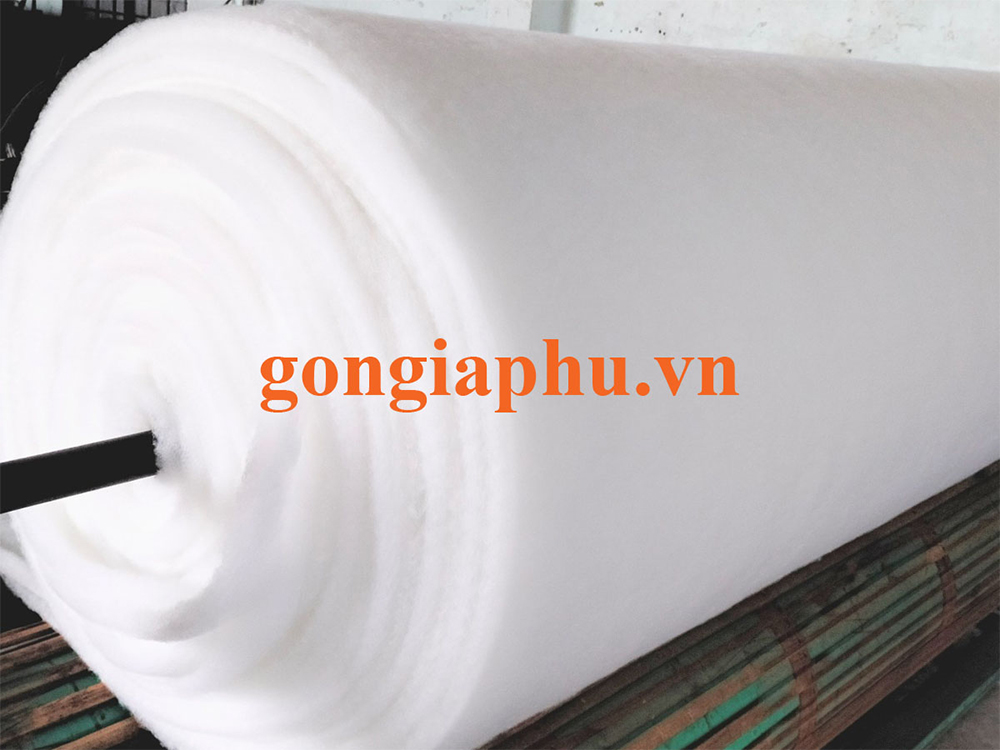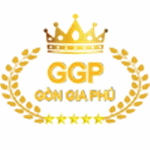FIBERFILL DIFFERENT TYPES
At Gia Phu Kapok Corporation, we provide various types of fiberfill, helping you choose the right one for your needs. Whether you are dealing with Sheet fiberfill, Roll fiberfill, Loose fiberfill, Ball fiberfill, or Raw fiberfill, each type has unique characteristics suited for different applications.
① Sheet Fiberfill and Roll Fiberfill
Sheet and Roll Fiberfill are commonly used in industries such as garment manufacturing, construction, and sewing. Picture a soft, non-woven fabric made from 100% polyester, formed through a process of calendering, shaping, conditioning, and ironing. This results in a lightweight, durable material that comes in rolls, with widths typically ranging from 1.6m to 2.0m, and weights between 10-20kg per roll.
Sheet fiberfill is highly resilient, and its tight bonding makes it durable. It is often found in applications like:
◈ Quilting blankets
◈ Bed sheets
◈ Padding for jackets
◈ Sofas and cushions
The softness and thickness can vary depending on the end use, with some types being easily separable. For instance, scraps of Sheet fiberfill can be repurposed for stuffing toys or other items. You will also encounter technical classifications for this fiberfill, such as Padding HAS 905, 907, 909, 912, or Padding 20g, 60g, 100g, which refer to different thickness levels.
② Ball Fiberfill
Unlike Sheet fiberfill, Ball fiberfill is processed into small, round balls of consistent size. This type of fiberfill boasts excellent resilience and load-bearing capacity, making it ideal for applications that require long-term durability without the material flattening or shrinking.
Ball fiberfill is commonly used in:
◈ Pillow cores
◈ Headrests and backrests
◈ High-end pillows
Its unique form ensures that items stuffed with Ball fiberfill retain their shape for a longer period, making it a popular choice for manufacturers and DIY enthusiasts alike. This type of fiberfill is also more cost-effective and safer for use in handmade products.
③ Loose Fiberfill
Loose Fiberfill is similar in composition to Roll Fiberfill, as both are made from polyester. However, instead of being formed into sheets or rolls, Loose fiberfill consists of fluffed fibers. This form offers more versatility, as it ranges from coarse and stiff to soft and absorbent.
It is primarily used for:
◈ Stuffing pillows
◈ Backrests and air pillows
◈ High-end pillows and blankets
The main advantage of Loose fiberfill is its resilience, providing great bounce-back when used to stuff pillows, ensuring they remain plush and comfortable even after extended use. Additionally, it is a popular choice for stuffing stuffed animals due to its softness and flexibility.
④ Raw Fiberfill
Raw Fiberfill is essentially unprocessed fiberfill, containing a mix of natural and synthetic fibers, including polyester. It is a coarser, stiffer material compared to processed types but is still used in a variety of applications such as:
◈ Pillow stuffing
◈ Toy stuffing
◈ Mattress padding
While it does not match the quality of processed fiberfill, Raw fiberfill offers a cost-effective solution for projects that do not require the finer characteristics of higher-end materials.
Contact us to get your fiberfill options that suit your specific needs, ensuring you get the best performance from the materials you choose!




